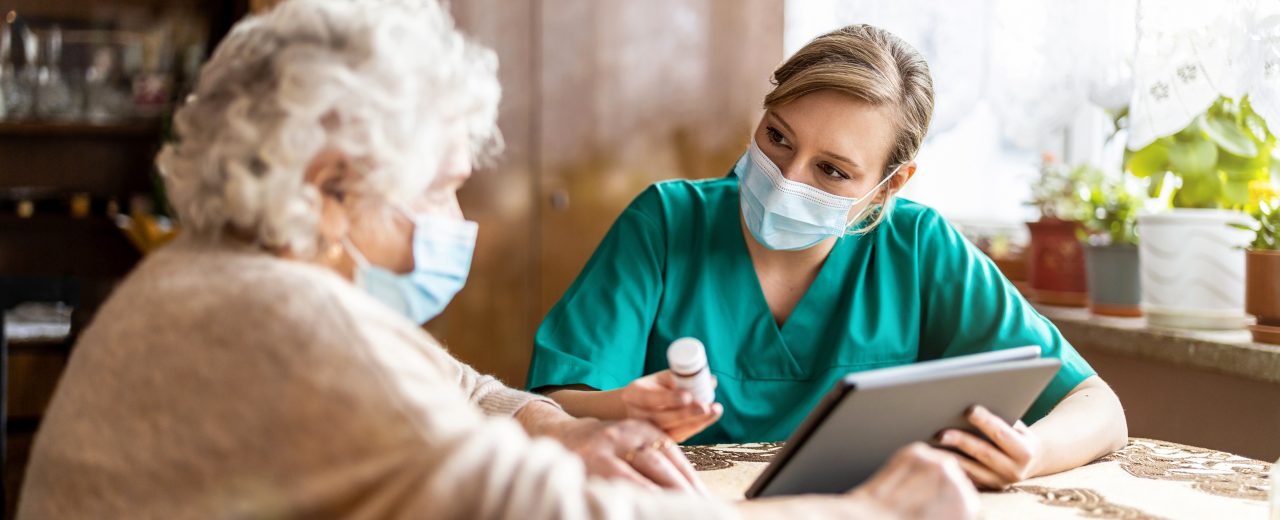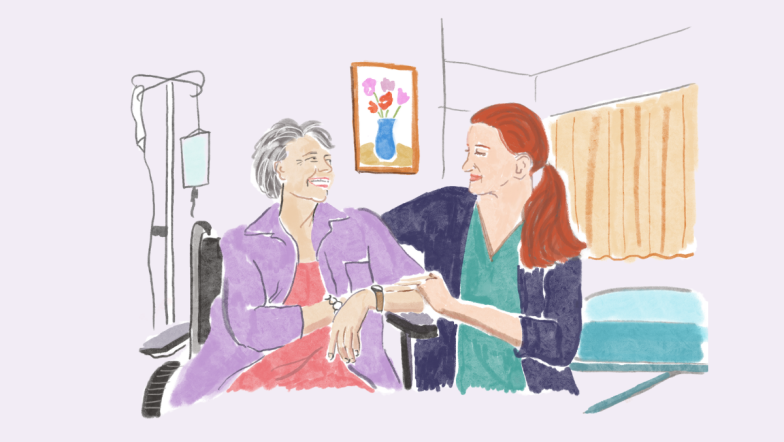Bringing the legal and health sectors together to respond to elder abuse – WEAAD 2022
15 Jun 2022
Today is World Elder Abuse Awareness Day (WEAAD), giving us an important opportunity to acknowledge the devastating impact elder abuse can have on an individual’s life, and reflect on what we can and should do as a society to better respond to elder abuse.
Late last year, the long-awaited National Elder Abuse Prevalence Study was released, giving Australians a clearer picture of what has historically been hidden behind closed doors.
In addition to providing a greater understanding of the scale and characteristics of the issue, the Prevalence Study also highlights what we have long known and embraced through our Health Justice Partnerships: that health workers are often on the frontline in identifying and responding to elder abuse.
This WEAAD, we’re sharing three little known facts about elder abuse in Australia.
1. Elder abuse is more common than most people think
One in six older Australians have experienced elder abuse, including psychological, physical, financial, sexual abuse and neglect.
This means an estimated 600,000 Australians aged 65 and older experienced elder abuse over the 12 months of the study. This figure likely underestimates the total number because the study excluded people with reduced cognitive or physical capacity, and people who live in aged care.
2. Older people mostly experience elder abuse from the people they are closest to
The Prevalence Study has also demonstrated what a complex and nuanced phenomenon elder abuse can be. It found that half of all elder abuse is perpetrated by a family member, with the predominant relationship being intergenerational and familial.
Children, partners of children, and grandchildren together account for almost a third of elder abuse experienced, and 1 in 10 perpetrators are intimate partners. Friends, acquaintances, and neighbours are also significant among perpetrator groups.
3. Health care workers are the critical link between older people and the help they need
Most people who experience abuse do not seek any help at all. The majority deal with it alone, or with the help of a family or friend. Of the older people experiencing elder abuse who do seek help, about 66% of them do so from a health care worker: a nurse, doctor, social worker, or mental health professional.
Elder abuse can often be addressed through legal support: for example by ensuring someone you trust is appointed Power of Attorney to make decisions that benefit you and protect your rights; or by helping you rewrite your Will to protect your assets.
That’s one of the key reasons that we partner with health professionals in hospitals and community health clinics to deliver our services to older people. Through this specialised and holistic Health Justice Partnership (HJP) model, we are working alongside the services older Australians regularly access, allowing us to better identify legal need and connect more older people with free legal help.
We also provide a supported environment for health professionals to learn how to identify the subtle signs of elder abuse, and work with our lawyers to provide a coordinated and sensitive multi-disciplinary response
This WEAAD, we give thanks to our health partners, and acknowledge the critical role that health workers play in protecting older people from abuse.
How Justice Connect is helping older people age safely
Alongside our day-to-day legal case work responding to elder abuse, we take a range of preventative approaches to address elder abuse, including community awareness, research, law reform, advocacy and developing tools that assist people to take action or seek help. This approach allows us to increase our impact, to focus on people who might get overlooked, such as people ageing alone, or people from different cultural backgrounds, or from the LGBTQIA+ community.
Read more about our Seniors Law program

